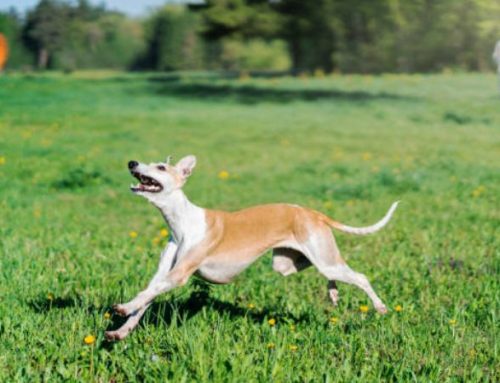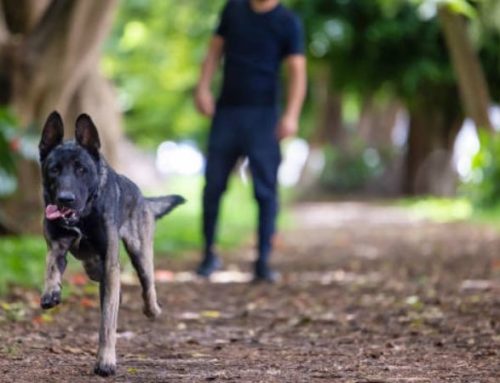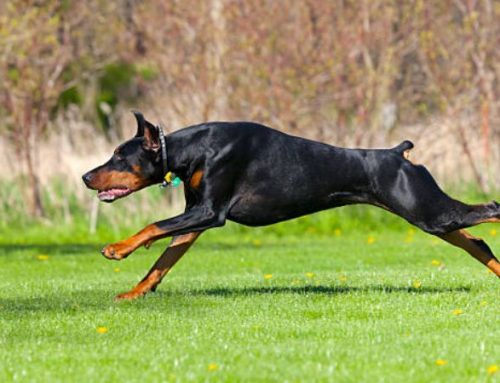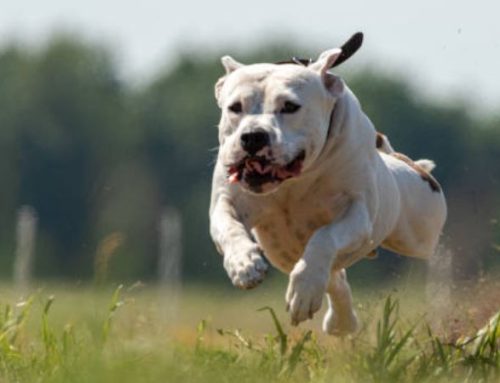Cats usually begin their first heat cycle around six months of age, though environmental factors such as temperature and the presence of potential mates can influence the timing. During this period, a cat may mate multiple times, but exactly how often can vary. Nexus-Pets will guide you through what to expect and explain the mating habits of cats in heat.
Mating Behavior and Frequency
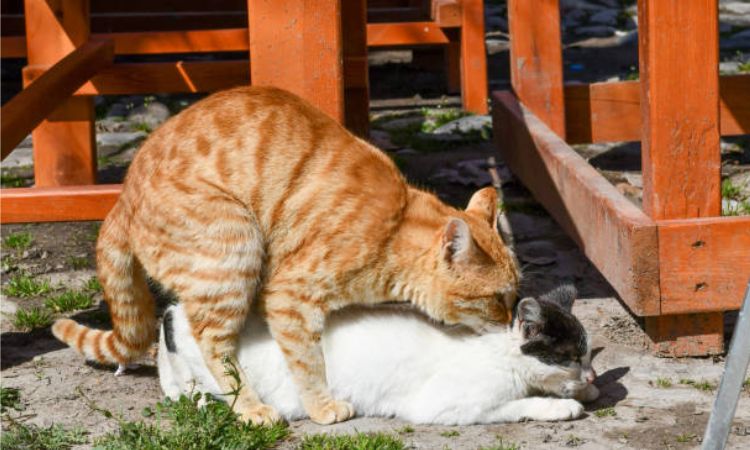
Induced Ovulators
Cats are “induced ovulators,” which means that ovulation—the release of eggs from the ovaries—occurs only as a direct result of mating. Unlike some species where ovulation happens on a regular schedule, a queen will not release eggs spontaneously. This reproductive strategy makes repeated mating crucial for successful conception.
The Act of Mating
Mating in cats is a rapid process. Typically, a single mating lasts anywhere from 30 seconds to a few minutes. During this brief encounter, the tom mounts the queen, bites the back of her neck to hold her in place, and penetrates. Immediately afterward, the queen usually exhibits an “after-reaction,” including rolling, thrashing, and grooming, which can last several minutes. This behavior is normal and part of the natural mating process.
Multiple Matings are Necessary
For a queen to ovulate and have a chance at pregnancy, she generally needs to mate multiple times over a short period—often several times within a 24-hour window. Single matings are less likely to result in pregnancy, with studies showing about a 50% success rate from only one mating.
Frequency of Mating
Queens are highly receptive during their heat cycles and can mate with multiple toms. Intervals between mating sessions can be as short as 5 minutes or extend up to 30 minutes. It is not uncommon for a queen to mate up to 30 times during a single heat. This repeated mating ensures sufficient stimulation for ovulation and increases the likelihood of conception.
A Litter’s Multiple Fathers
Because queens often mate with several tomcats during one heat cycle, it is possible for a single litter to have kittens with different fathers. Each kitten will have only one biological father, but the diversity of mates can result in a litter with multiple sires, a phenomenon known as superfecundation.
Post-Mating and Pregnancy
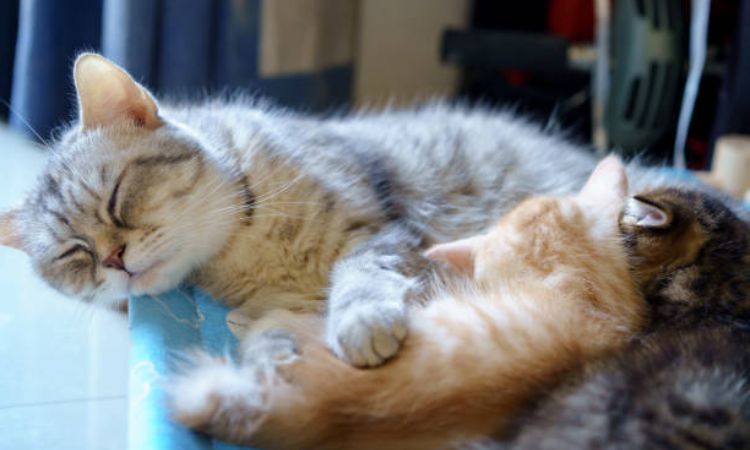
The End of Heat
Once a cat mates successfully and ovulation occurs, her current heat cycle usually ends. Pregnancy halts the recurring signs of heat, including restlessness, vocalizing, rubbing, and presenting the rear. However, in some cases, heat cycles may continue briefly after mating, and multiple matings during early pregnancy can even result in kittens with different fathers in the same litter (superfecundation).
If Mating is Unsuccessful
If a cat does not mate or does not become pregnant, she will return to heat every few weeks throughout the breeding season. These heat cycles can last several days and are typically accompanied by behaviors such as calling, squirming, rubbing against objects, and presenting the rear to attract mates. The cycles continue until she successfully mates, becomes pregnant, or the breeding season ends.
Why Spaying is Important
Spaying is the safest and most effective way to prevent unwanted litters and reduce pet overpopulation. It also eliminates the stress and behavioral challenges associated with repeated heat cycles, including vocalizing, restlessness, and attempts to escape to find mates. Additionally, spaying protects cats from certain reproductive health risks and helps ensure a longer, healthier life.



